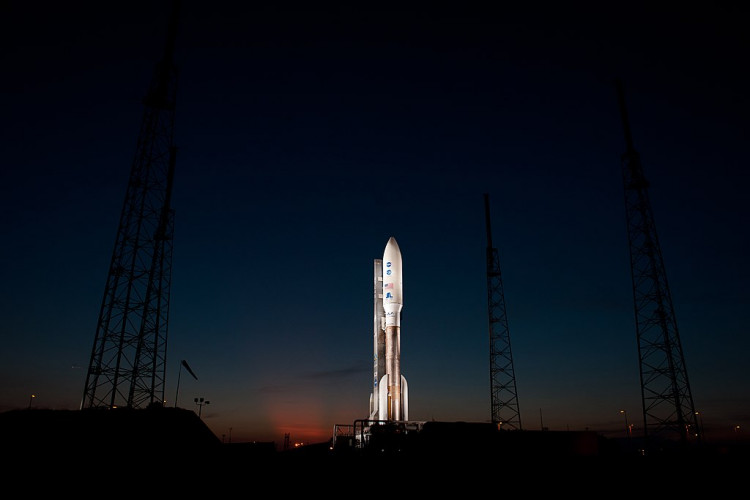Dynetics has designed a full-scale mock-up of the lander that it expects will eventually carry NASA astronauts to the moon.
On Sept. 15, the Alabama-based company revealed the blueprint of its planned human lunar lander. To advise and refine the final lander configuration, the low-fidelity version, which contains a crew module, deployable solar panels, and propellant tanks for lunar descent and ascent will be used.
"Our team is pleased to bring this system to life," Kim Doering, Dynetics vice president of space systems, said in a statement. "Our reusable, sustainable approach is ready to support a safe and successful hardware delivery for NASA's mission."
The mission, generally speaking, is NASA's crewed lunar exploration program Artemis. In 2024, Artemis plans to land two astronauts near the south pole of the moon and establish a stable, safe human presence on and around the natural satellite of Earth by 2028.
NASA plans to use the Orion capsule and mega-rocket space launch system (SLS) to get Artemis astronauts off Earth. Yet the agency depends on private enterprise to shuttle crew members from the lunar orbit to the surface of the moon, then back up again. NASA wants these surface sorties to embark from a small, moon-orbiting space station named Gateway over the long haul. But Gateway will not be used in the 2024 mission.
In April of this year, the space agency revealed that it had awarded contracts to build its crewed lander designs to three private groups: Dynetics, SpaceX, and The National Team, headed by Jeff Bezos' Blue Origin. The transactions, worth $967 million in all, finance 10 months of work.
NASA is scheduled to select one or more of the three lander designs for further production and testing in early 2021. The organization needs to be up and running at least one of the spacecraft by 2024 when the Artemis 3 mission is expected to make its groundbreaking lunar landing.
NASA will buy the company's lunar landing services or businesses whose landers make it all the way to an operational flight. The concept is similar to that used by the commercial cargo and commercial crew programs of the agency, which purchase trips from and to the International Space Station onboard private spacecraft.
The spacecraft will launch atop a United Launch Alliance Vulcan Centaur rocket. For each flight, three Vulcan Centaur launches would actually be needed, one each to loft the lander and its two external fuel tanks, representatives of Dynetics said during a webinar hosted by the American Institute of Aeronautics and Astronautics.
Dynetics plans to conduct an uncrewed test mission that will demonstrate the technology needed, including off-earth refueling before Artemis 3 lifts off.




